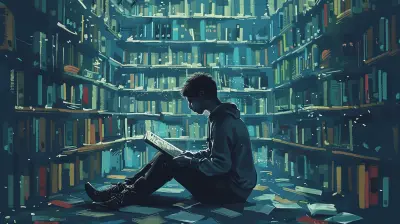Maker Spaces in Schools: Inspiring Innovation Through Hands-On Learning
16 October 2025
Introduction
Ever wondered how students can learn beyond textbooks and lectures? Well, enter maker spaces—the game-changer in education that brings creativity, problem-solving, and hands-on learning into classrooms. These spaces are buzzing hubs where students turn ideas into reality, building everything from robotics to art projects.
But why are maker spaces gaining so much traction in schools? Simply put, they bridge the gap between theoretical knowledge and practical application. Instead of just reading about circuits, kids build them. Instead of memorizing scientific principles, they experiment with them. This hands-on approach fosters critical thinking, collaboration, and innovation—skills students need not just in school but in their future careers.
Let’s dive deeper into why and how maker spaces are revolutionizing education. 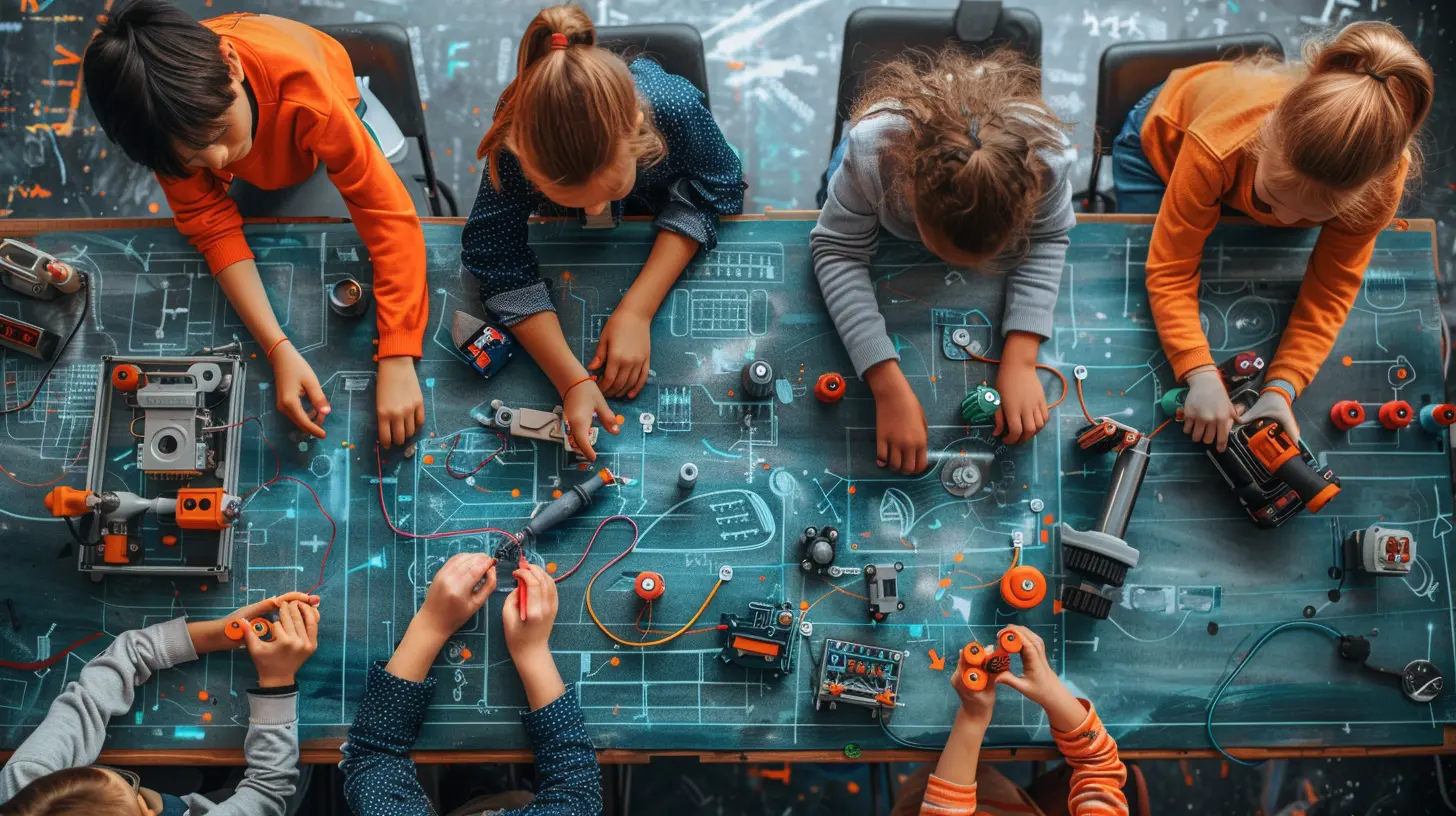
What is a Maker Space?
A maker space is a dedicated area in schools where students can tinker, create, prototype, and experiment with various tools and materials. Think of it like a modern-day workshop filled with everything from 3D printers and coding kits to sewing machines and woodworking tools.Unlike traditional classrooms, which often focus on structured learning, maker spaces encourage exploration, trial-and-error, and hands-on problem-solving. Students aren’t just passive learners; they become innovators, designing and building real-world solutions.
These spaces are found in schools, libraries, and community centers, providing students with an interactive and engaging way to learn subjects like science, technology, engineering, arts, and math (STEAM). 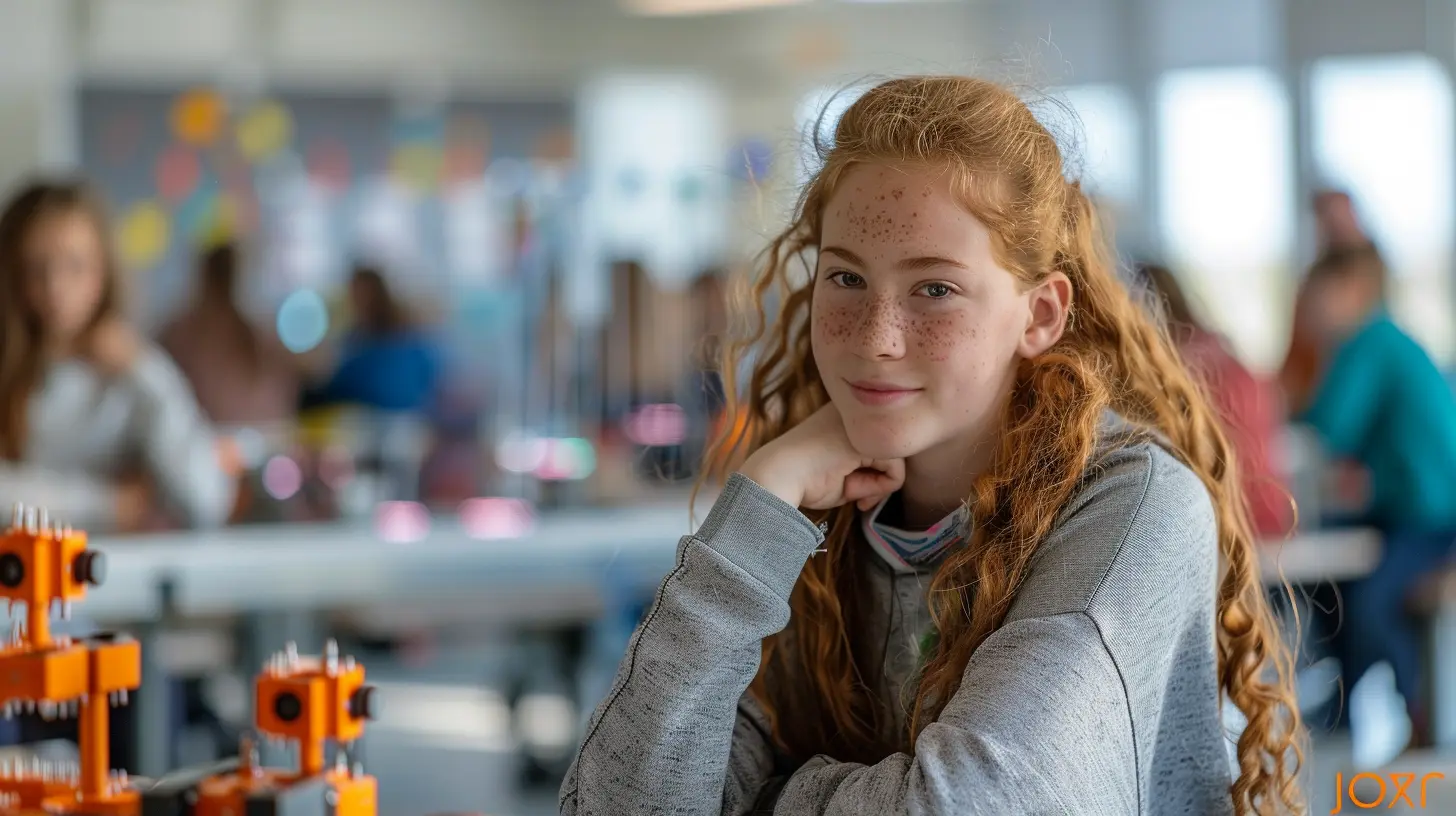
Why Are Maker Spaces Important in Schools?
1. Encouraging Creativity and Innovation
Maker spaces break the mold of traditional education. Instead of following rigid lesson plans, students are free to experiment, prototype, and create unique projects. This fosters creativity and encourages out-of-the-box thinking.2. Bridging Theory and Practice
Many students struggle with abstract concepts. A maker space brings lessons to life. Instead of just learning about Newton’s laws, students create projects that demonstrate them in action. This hands-on experience cements their understanding.3. Developing Problem-Solving Skills
Failure isn’t just accepted in maker spaces; it’s celebrated. By facing challenges, troubleshooting issues, and iterating their designs, students develop resilience and problem-solving skills—essential for both academics and life.4. Fostering Collaboration
In most maker spaces, students work in teams, just like in real-world jobs. Whether it's designing a robot or crafting a model city, they collaborate, communicate, and share ideas—skills that will serve them well in any career.5. Boosting Engagement and Motivation
Let’s be honest—traditional lectures can sometimes be boring. But give a student a robotic kit, coding platform, or 3D printer, and suddenly, they’re engaged. Maker spaces ignite curiosity and motivation, making learning exciting and meaningful.6. Preparing Students for Future Careers
With advancements in automation, AI, and technology, the future workforce needs hands-on skills in STEM fields, problem-solving, and creativity. Maker spaces equip students with these abilities, making them future-ready.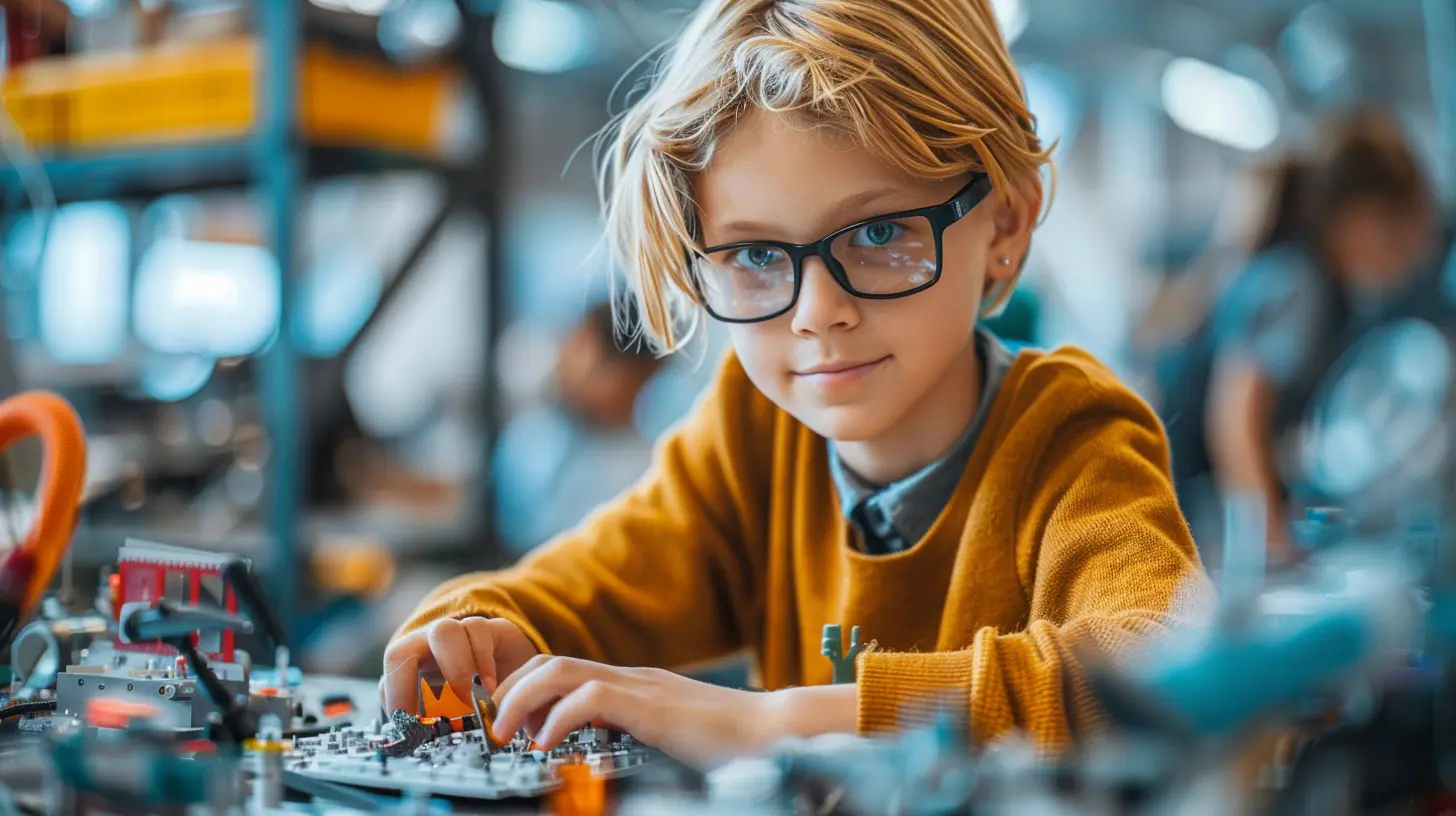
Essential Components of a School Maker Space
So, what does a great maker space include? While every school builds its space differently, here are some key elements:1. Technology and Digital Tools
- 3D Printers- Laser Cutters
- Robotics Kits (LEGO Mindstorms, Arduino, Raspberry Pi)
- Virtual Reality (VR) and Augmented Reality (AR) Tools
2. Traditional Tools and Materials
- Woodworking Tools- Sewing Machines
- Circuit Boards and Electrical Components
- Paints, Clay, and Craft Materials
3. A Flexible Space
A maker space should be adaptable and open-ended, allowing students to experiment freely. Moveable furniture, modular stations, and storage for supplies are must-haves.4. Access to Guidance and Mentorship
While students should be encouraged to explore independently, having teachers, mentors, and industry professionals can help guide them through complex projects.5. A Creative and Supportive Culture
Most importantly, a maker space should foster a growth mindset—one where experimentation is encouraged, failure is seen as a learning opportunity, and creativity thrives.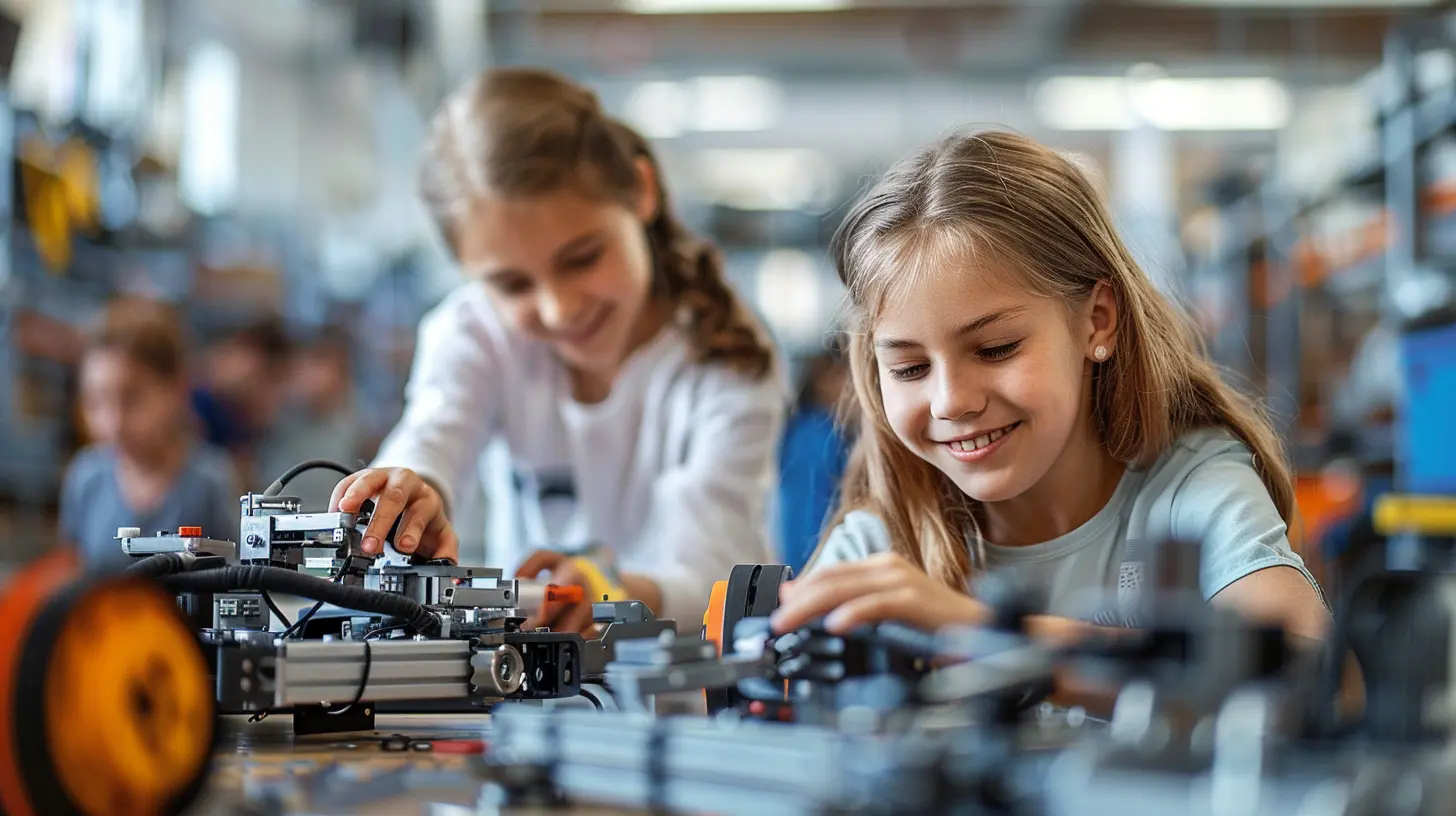
How to Implement a Maker Space in Schools
1. Start Small and Expand Gradually
You don’t need an elaborate setup to start a maker space. Begin with a small room, some basic tools, and a few engaging activities. As interest grows, expand the space and invest in more resources.2. Encourage Student-Led Projects
Letting students take ownership of their projects boosts their confidence and engagement. Provide them with real-world problems to solve, and let their creativity run wild.3. Integrate with the Curriculum
A maker space shouldn’t be an isolated experience. Teachers can incorporate hands-on projects with their lessons—like building models in geometry or designing circuits in physics.4. Partner with Local Businesses and Experts
Involving professionals from tech firms, engineering companies, or art studios can provide students with valuable insights and mentorship opportunities.5. Promote a Culture of Experimentation
Encourage students to fail fast, learn quickly, and iterate often. This silicon-valley mindset of continuous improvement helps students develop resilience and adaptability.Real-World Success Stories
Case Study 1: Montour School District (Pennsylvania, USA)
Montour's maker space is integrated into everyday learning, providing students with access to robotics, 3D printing, and coding tools. Their project-based learning approach has resulted in higher student engagement and deeper understanding of STEM concepts.Case Study 2: The Nueva School (California, USA)
Nueva School’s maker space is designed to nurture creativity and innovation, featuring woodworking, digital modeling, and hands-on engineering projects. Students here have developed real-world solutions, from environmental sustainability projects to tech innovations.Challenges & Solutions in Implementing Maker Spaces
1. Budget Constraints
✅ Solution: Start with low-cost tools like cardboard, LEGO, and DIY kits before investing in high-tech equipment. Seek grants and sponsorships.
2. Lack of Teacher Training
✅ Solution: Provide workshops and online courses to help educators develop maker space facilitation skills.
3. Limited Student Engagement
✅ Solution: Encourage student-led projects, where they tackle problems they’re passionate about.
4. Resistance to a Non-Traditional Learning Style
✅ Solution: Show the educational benefits through pilot programs and parent/community involvement.
Final Thoughts
Maker spaces are revolutionizing education by putting students at the center of learning. They encourage creativity, innovation, and hands-on problem-solving, equipping students with essential real-world skills.With the right tools, a growth mindset, and an inclusive, experimental culture, schools can turn classrooms into innovation hubs where students can tinker, explore, and create without limitations.
For educators, parents, and school administrators, the message is clear: investing in maker spaces today will shape the problem-solvers of tomorrow.
all images in this post were generated using AI tools
Category:
Stem EducationAuthor:

Monica O`Neal
Discussion
rate this article
1 comments
Jonah Erickson
Maker spaces foster creativity and practical skills for students.
October 17, 2025 at 3:56 AM

Monica O`Neal
Thank you! Maker spaces truly empower students by blending creativity with practical skills, paving the way for innovative thinking and hands-on learning.

